Vienna, the capital of Austria, is a city steeped in history, art, and culture. From grand palaces and historic cathedrals to modern museums and charming parks, Vienna offers a wide array of attractions that cater to every traveler’s interest. Whether you’re a history buff, an art lover, or simply someone who enjoys exploring new cities, Vienna has something special to offer. Here are 15+ best places to visit in Vienna that should be on your itinerary.
1. Schönbrunn Palace
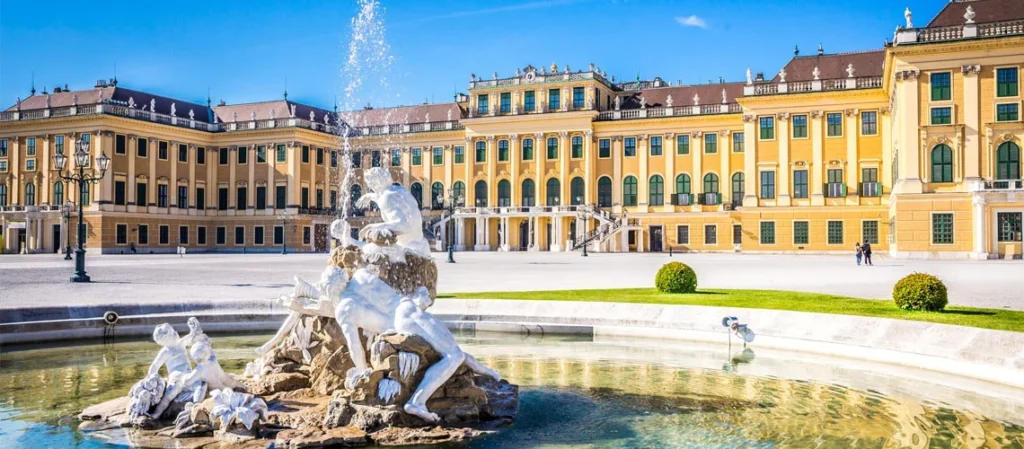
Schönbrunn Palace is one of the most important cultural monuments in Austria. Once the summer residence of the Habsburgs, this Baroque palace is a UNESCO World Heritage Site and is famous for its stunning architecture and beautifully maintained gardens. The palace boasts 1,441 rooms, each more lavish than the last, and visitors can explore many of them, including the Great Gallery, the Hall of Mirrors, and the opulent Imperial Apartments. The gardens are equally impressive, featuring the Gloriette, Neptune Fountain, and a charming maze.
Tip: Be sure to take a guided tour to fully appreciate the rich history and intricate details of the palace’s interiors.
2. St. Stephen’s Cathedral
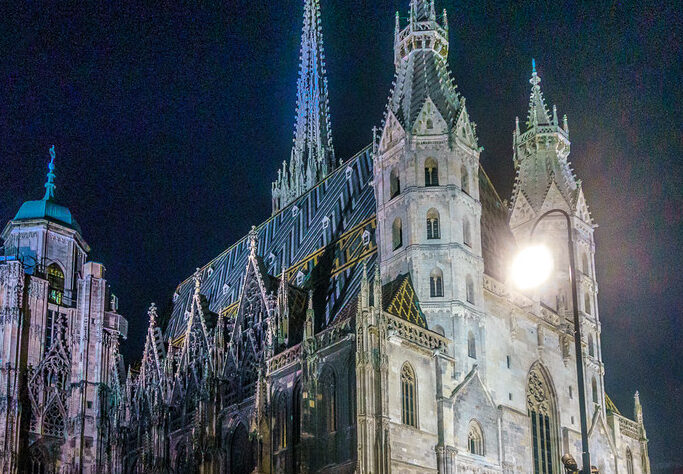
Located in the heart of Vienna, St. Stephen’s Cathedral (Stephansdom) is an iconic symbol of the city. This Gothic masterpiece dates back to the 12th century and is renowned for its towering spire and richly decorated roof. Inside, the cathedral is equally magnificent, with its high vaulted ceilings, intricate stained glass windows, and impressive altar. Visitors can climb the 343 steps to the top of the South Tower for a breathtaking view of Vienna.
Fun Fact: The cathedral’s roof is covered with 230,000 glazed tiles that form a mosaic of the Austrian coat of arms.
3. Belvedere Palace
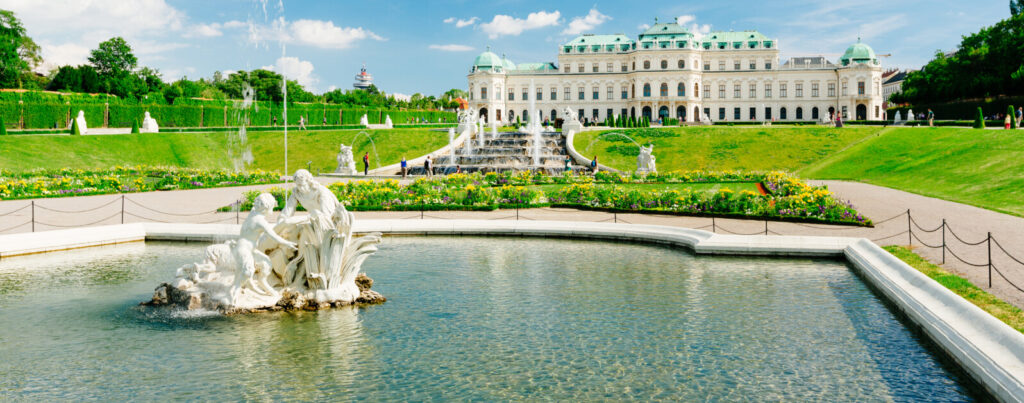
The Belvedere Palace is actually two Baroque palaces set in a vast, formal garden. It is home to one of the most important art collections in Austria, including works by the famous painter Gustav Klimt, particularly “The Kiss.” The Upper Belvedere houses the main art collection, while the Lower Belvedere contains exhibitions and special displays. The gardens, with their reflecting pools, statues, and manicured lawns, are a perfect place to relax and take in the beauty of the surroundings.
Highlight: Don’t miss the stunning view of the Vienna skyline from the Upper Belvedere.
4. Hofburg Palace
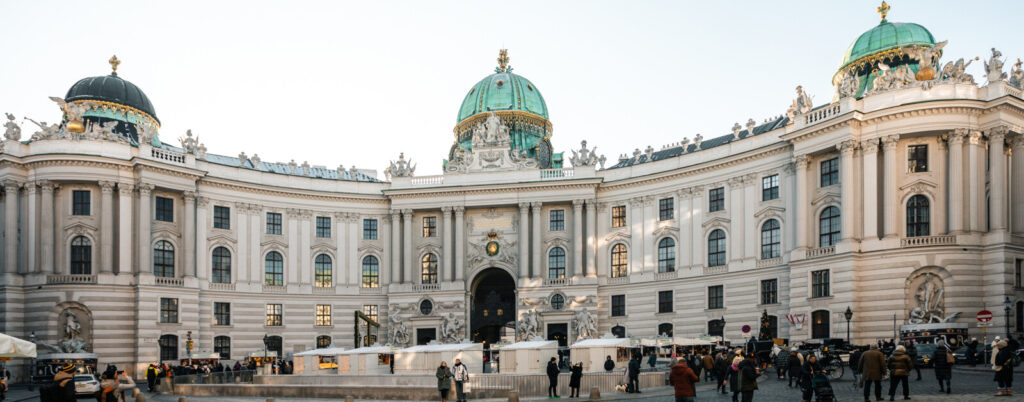
The Hofburg Palace has been the seat of power in Vienna for over 600 years. It was the winter residence of the Habsburgs and today serves as the official residence of the President of Austria. The palace complex is vast, housing numerous museums, the Austrian National Library, and the famous Spanish Riding School. Visitors can explore the Imperial Apartments, the Sisi Museum, and the Silver Collection, which offers a glimpse into the luxurious lifestyle of the Habsburgs.
Must-See: The Spanish Riding School is world-renowned for its Lipizzaner horses and classical dressage performances.
5. Vienna State Opera
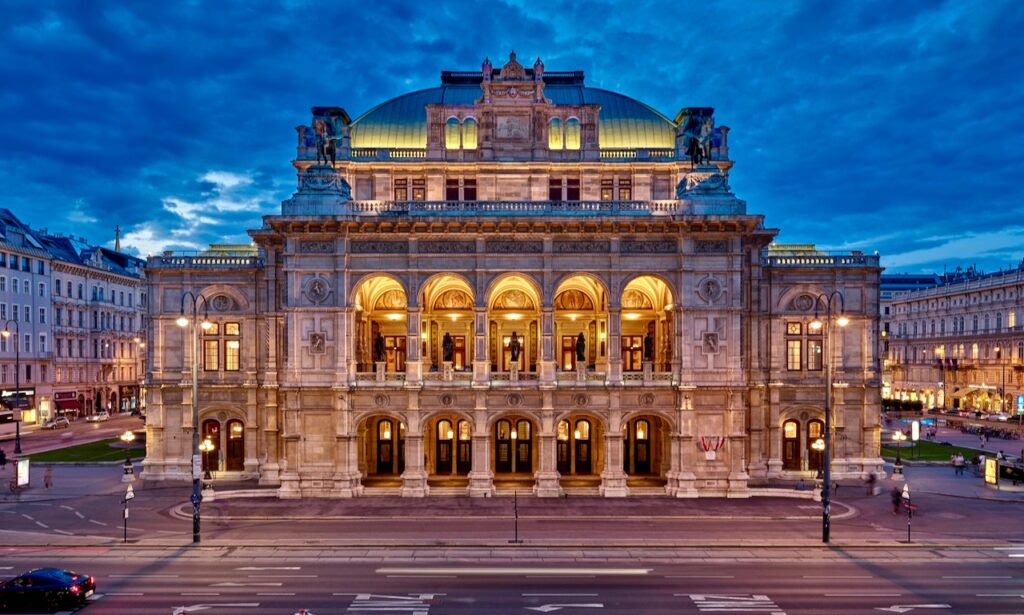
The Vienna State Opera (Wiener Staatsoper) is one of the most important opera houses in the world. Its stage has hosted countless legendary performances, making it a must-visit for classical music lovers. The opera house itself is a masterpiece of architecture, with its grand façade and richly decorated interiors. Visitors can take guided tours of the opera house to learn about its history and architecture, or better yet, attend a performance to experience the magic firsthand.
Insider Tip: Tickets for standing room are available at a very affordable price, allowing you to enjoy world-class opera without breaking the bank.
6. The Albertina
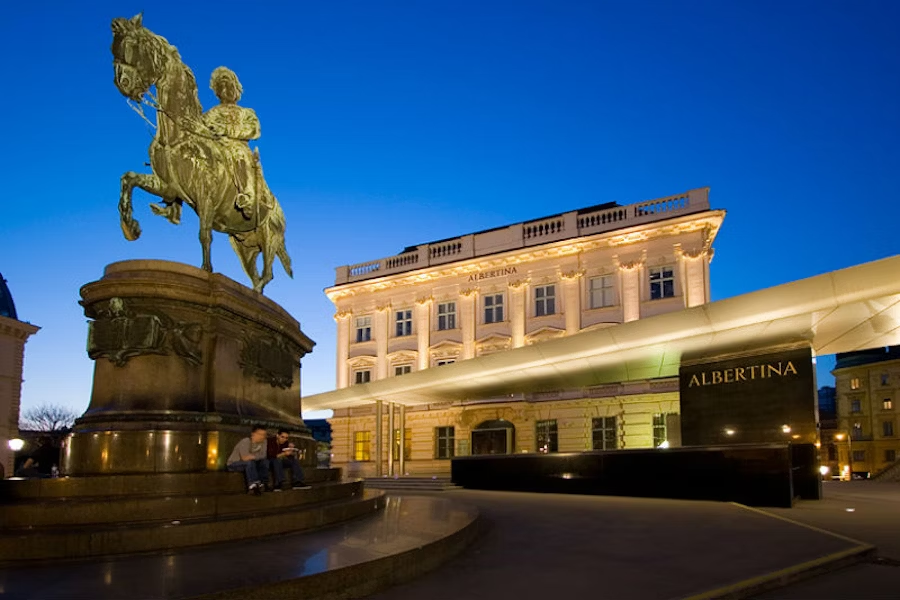
The Albertina is one of Vienna’s leading art museums, housing one of the largest and most important print rooms in the world with approximately 65,000 drawings and over 1 million old master prints. The museum’s collection spans from the late Gothic period to the present day, featuring works by artists such as Leonardo da Vinci, Michelangelo, and Raphael. In addition to its permanent collection, the Albertina hosts temporary exhibitions that attract art lovers from around the globe.
Recommendation: The museum’s collection of works by Dürer, including the famous “Young Hare,” is a must-see for art enthusiasts.
7. Naschmarkt
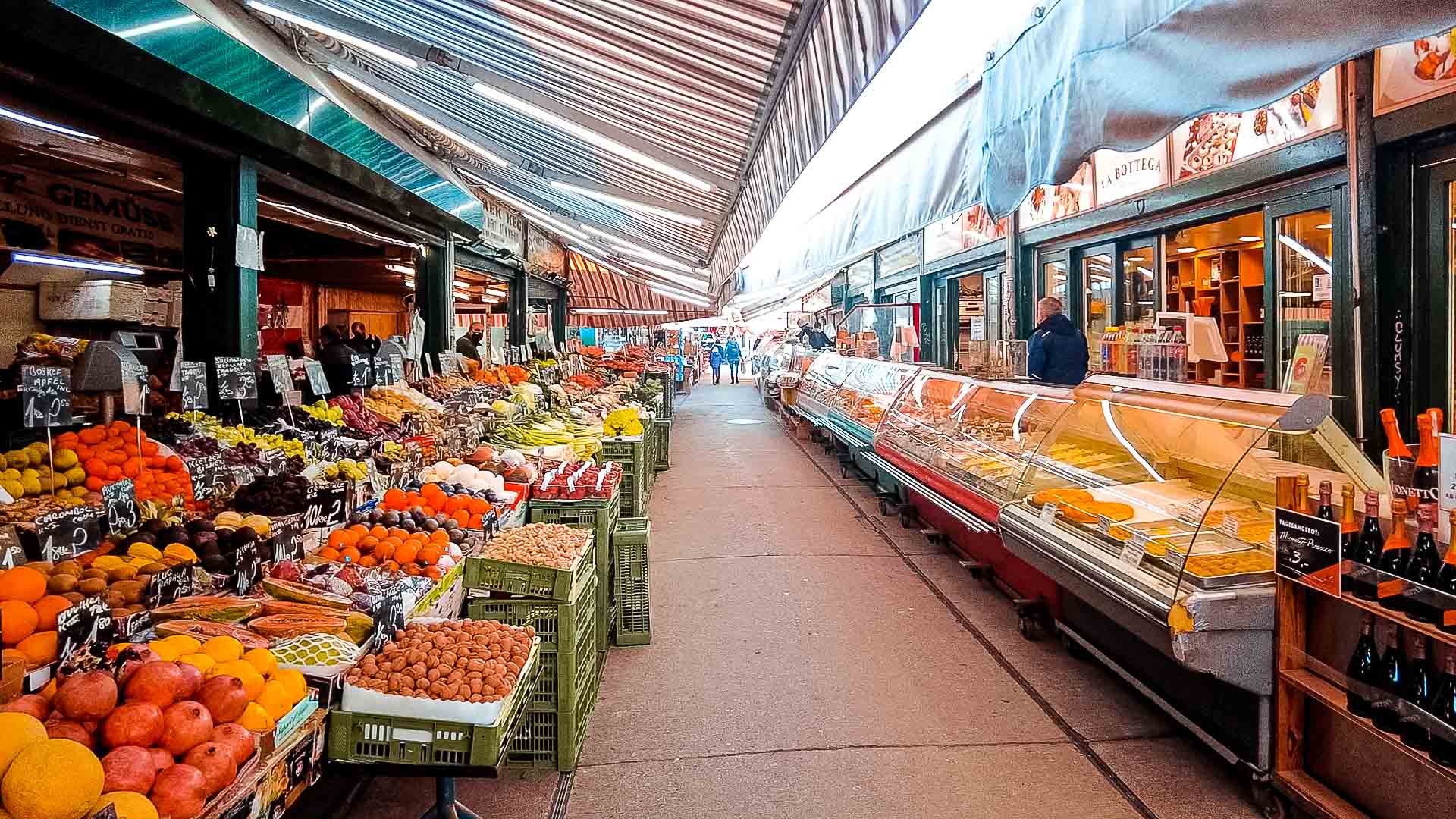
The Naschmarkt is Vienna’s most popular market and has been a fixture of the city since the 16th century. Stretching over 1.5 kilometers, this bustling market offers everything from fresh produce and exotic spices to clothing and antiques. It’s also a great place to sample local Austrian cuisine, with numerous food stalls and small restaurants serving up delicious dishes. The market is a vibrant, sensory experience and a great way to immerse yourself in Viennese culture.
Pro Tip: Visit on a Saturday when the flea market section is open for unique finds and bargains.
8. Prater and the Giant Ferris Wheel
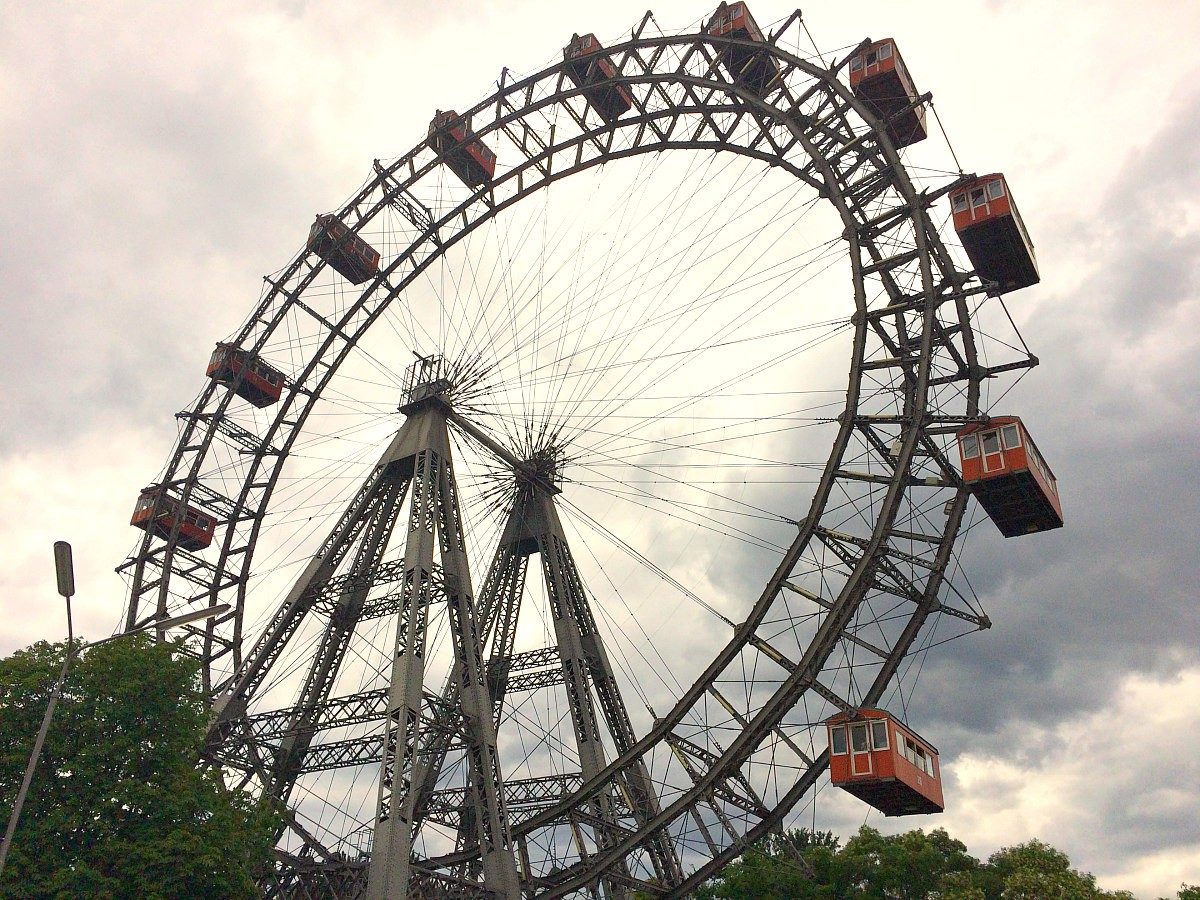
The Prater is a large public park in Vienna, and its most famous attraction is the Giant Ferris Wheel (Riesenrad). The Ferris wheel, which was built in 1897, offers spectacular views of the city and is one of Vienna’s most iconic landmarks. The Prater itself is a great place to spend a day, with its wide open spaces, walking trails, and numerous amusement park rides and attractions.
Fun for All: The Prater also has a miniature railway, a planetarium, and even a wax museum, making it a great destination for families.
9. MuseumsQuartier
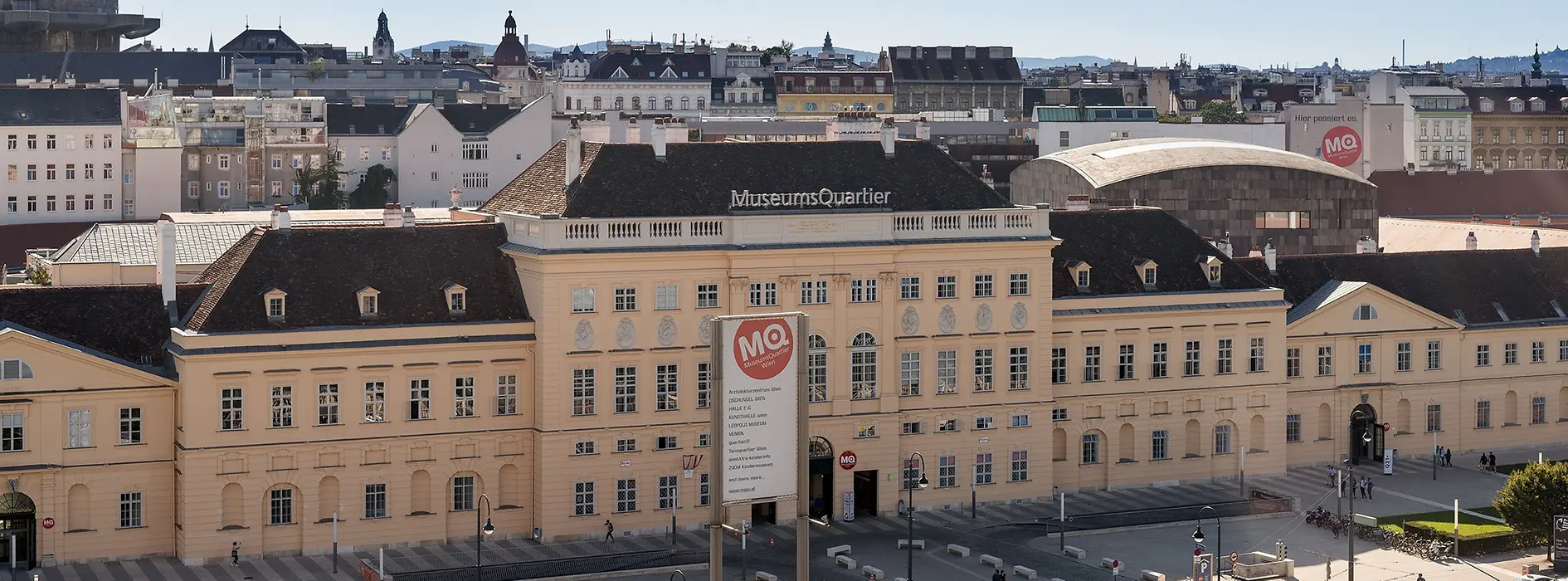
The MuseumsQuartier (MQ) is one of the largest cultural complexes in the world, housing a range of museums, galleries, and cultural institutions. Located in the heart of Vienna, the MQ is a hub of contemporary art and culture. Key attractions include the Leopold Museum, which houses the world’s largest collection of works by Egon Schiele, and the Mumok, which focuses on modern and contemporary art. The MQ is also a lively social space, with cafes, restaurants, and outdoor seating areas where visitors can relax and enjoy the creative atmosphere.
Highlight: The MQ is particularly vibrant in the summer, with numerous events, open-air concerts, and art installations.
10. Vienna Technical Museum
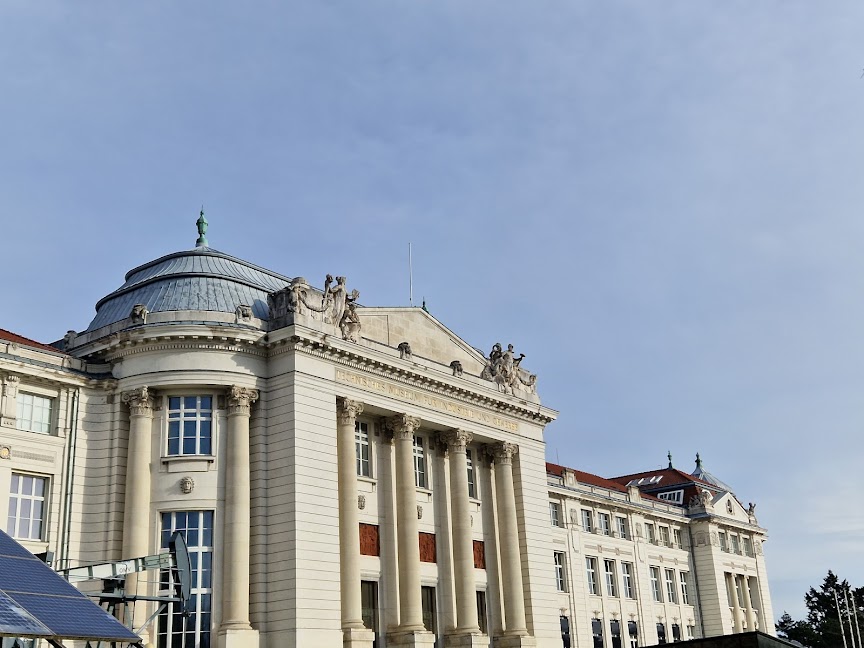
The Vienna Technical Museum (Technisches Museum Wien) offers an intriguing exploration of science and technology through its extensive collection of exhibits.
Located in a grand historical building, the museum showcases a diverse range of artifacts from various fields, including transportation, energy, telecommunications, and industrial history.
Highlights include interactive exhibits that allow visitors to engage with technology, vintage machinery, and historical innovations. The museum is an excellent destination for those interested in the progress of technology and its impact on society.
11. Vienna City Hall (Rathaus)
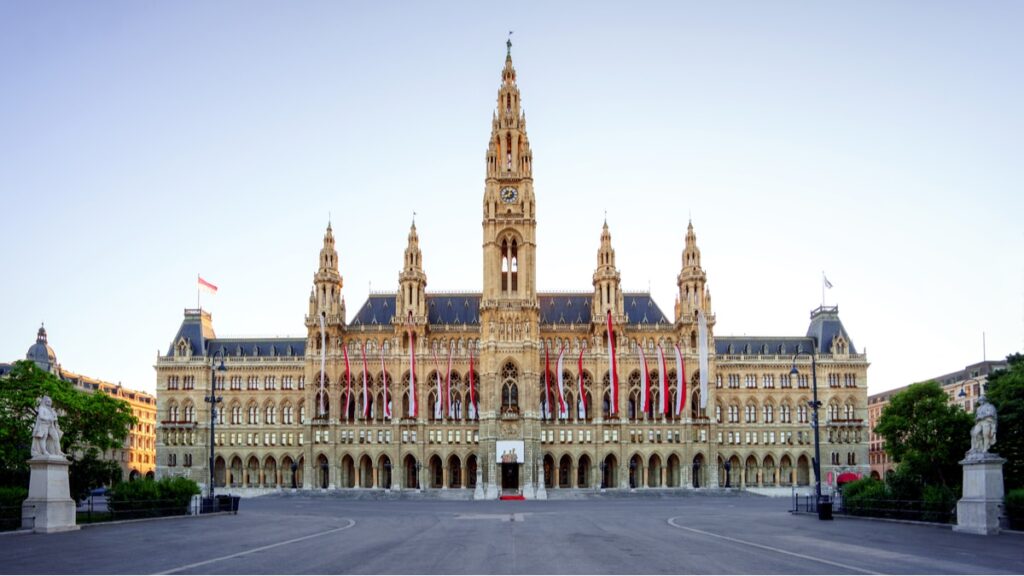
The Vienna City Hall (Rathaus) is an impressive Gothic building that serves as the seat of the local government. It was completed in 1883 and is known for its striking architecture, including the iconic tower topped with a statue of the Rathausmann. The City Hall is a popular tourist attraction, especially during the winter. Visitors can take guided tours to learn about the building’s history and see its grand halls and chambers.
Must-See: In the summer, the Rathausplatz in front of the City Hall is transformed into an open-air cinema and a venue for the Vienna Film Festival.
12. The Spanish Riding School
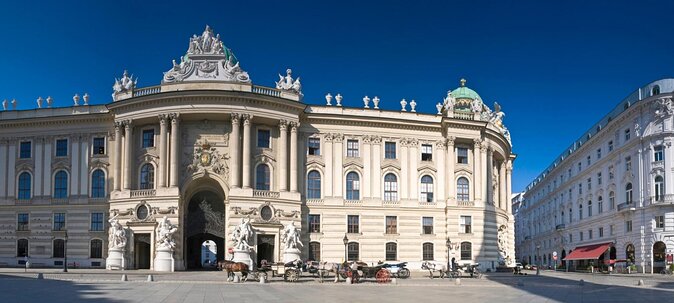
The Spanish Riding School is one of Vienna’s most famous institutions, known for its Lipizzaner horses and classical dressage performances. The school dates back to the 16th century and is the oldest of its kind in the world. The performances are held in the stunning Winter Riding School, a Baroque masterpiece that adds to the grandeur of the events. Visitors can watch the morning exercise sessions or attend a full performance to see the precision and grace of the horses and riders.
Tip: Tickets for performances sell out quickly, so it’s best to book in advance.
13. The Vienna Woods (Wienerwald)
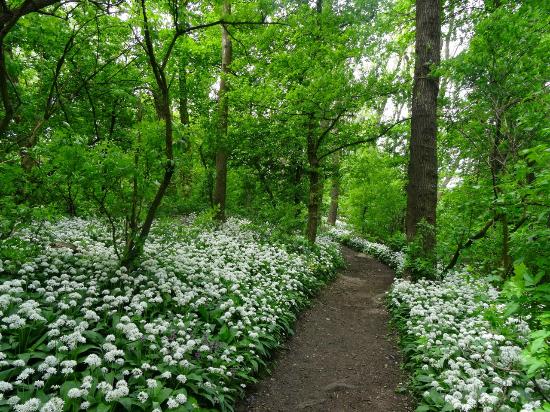
The Vienna Woods (Wienerwald) is a vast forested area that offers a peaceful retreat from the hustle and bustle of the city. It is a popular destination for hiking, cycling, and picnicking, with numerous trails that wind through the picturesque landscape. The Vienna Woods is also home to several historic sites, including the Mayerling hunting lodge and the Heiligenkreuz Abbey, a Cistercian monastery that dates back to the 12th century.
Nature Lovers: The Lainzer Tiergarten, a nature reserve within the Vienna Woods, is home to deer, wild boar, and other wildlife.
14. The Danube Island (Donauinsel)
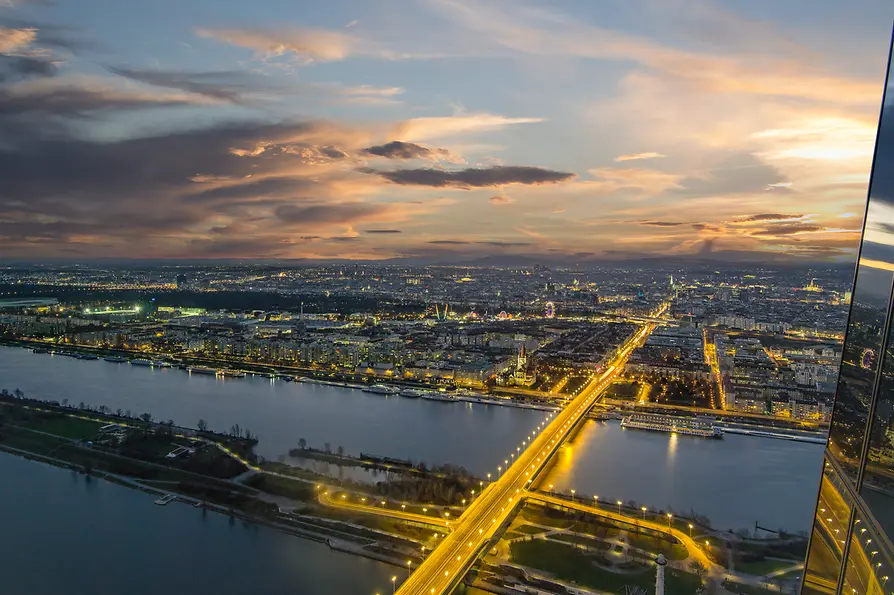
Danube Island (Donauinsel) is a long, narrow island in the middle of the Danube River, offering a wide range of recreational
activities. It’s a favorite spot for locals and tourists alike, providing opportunities for swimming, boating, cycling, and even windsurfing. The island is also home to several bars, restaurants, and event spaces. Every year, the Donauinselfest, one of Europe’s largest open-air festivals, takes place here, attracting millions of visitors with its free concerts and vibrant atmosphere.
Highlight: The island’s sandy beaches are perfect for relaxing by the water on a sunny day.
15. The Hundertwasser House
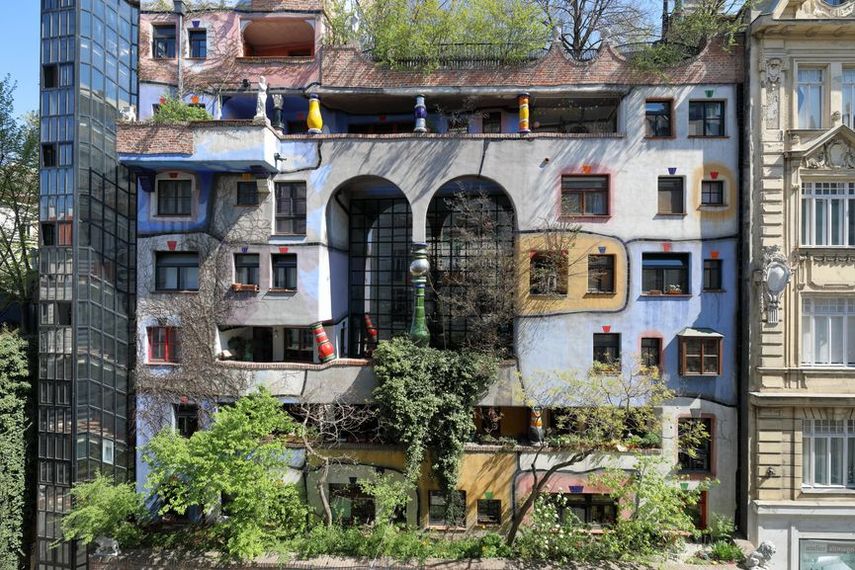
The Hundertwasser House is one of Vienna’s most unique and colorful attractions. Designed by the artist Friedensreich Hundertwasser, this apartment building stands out with its bright colors, uneven floors, and organic shapes. The building is a striking example of Hundertwasser’s philosophy of living in harmony with nature, and its design reflects his disdain for straight lines and uniformity. While the interior is private and not open to the public, visitors can admire the exterior and visit the nearby Kunst Haus Wien, which houses a museum dedicated to Hundertwasser’s work.
Fun Fact: The building’s roof is covered with grass and trees, adding to its natural, whimsical feel.
16. The Austrian National Library
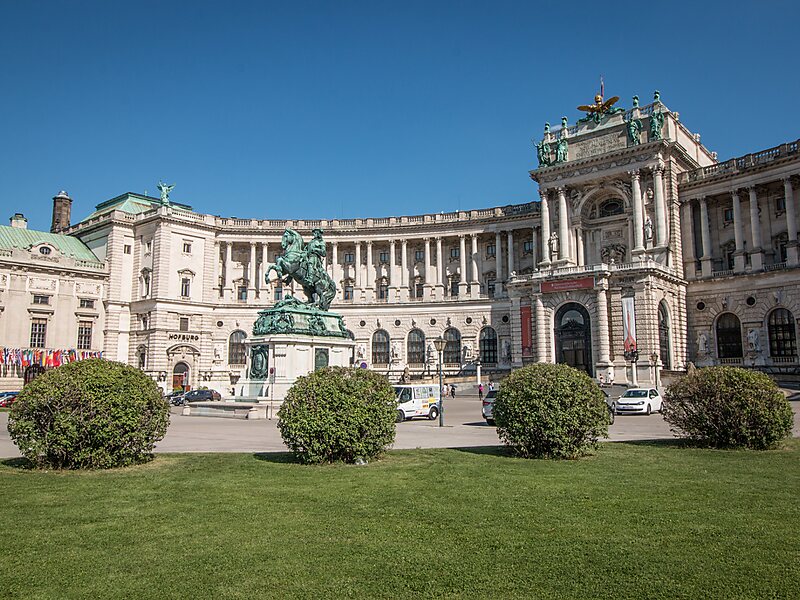
The Austrian National Library (Österreichische Nationalbibliothek) is one of the most beautiful libraries in the world. Located within the Hofburg Palace, the library’s State Hall is an architectural masterpiece, featuring a magnificent Baroque design with frescoed ceilings, marble statues, and rows upon rows of ancient books. The library’s collection includes over 12 million items, ranging from medieval manuscripts to modern publications. The State Hall is open to visitors, offering a glimpse into the grandeur of Vienna’s imperial past.
Must-See: The library’s collection of rare and ancient globes is one of the largest in the world.
